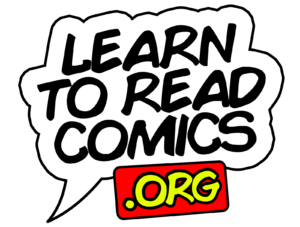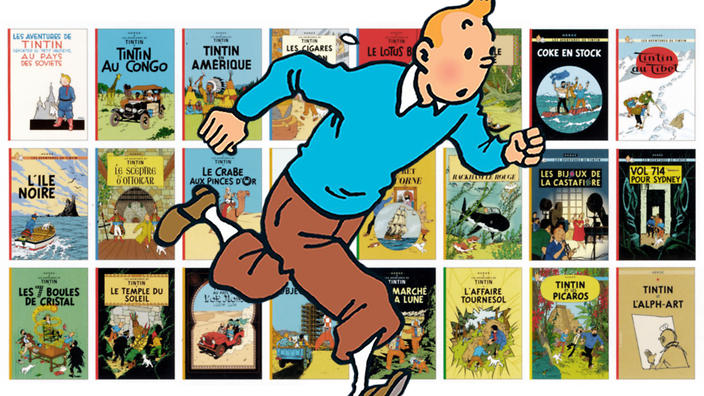Comics and CLIL (Content Language and Integrated Learning): Producing Quality Output in Social Sciences with Hergé’s The Adventures of Tintin
Graphic novels and comics have a rich and vast line up from classical texts to short stories by illustrious authors. Comics hold an incomparable power to deliver real, as well as fictional information, to the reader, all the while keeping the reader captivated by the presented aesthetic beauty. Through this medium, the evolution of comics have resulted in some extremely innovative, entertaining, and educational works. Moreover, comics have been used as teaching aides since 1949 by readapting classics such as the Robinson Crusoe, Don Quixote and other Shakespeare classics (LLull, 2014, p. 42).
While some suggest that comics represent a less rigorous version of story, the value of comics as a didactic resource is unquestionable. Llull states, “comics can be valued not only as a motivating material for children and youngsters but also as a powerful communication vehicle, an important cultural expression and a creative resource for a wide range of educational purposes” (p. 43).
For the past 60 years, there have been several initiatives which have incorporated comic books and graphic novels in the education for students. One such project the article focuses on is the Tintin series. These books were found to be better suited for educational purposes and led to ‘The Tintin Project’. Activities and materials related to the socio-economic aspects appearing in the Tintin comics was prepared and students were actively engaged in the process. Through a well thought lesson plan, students were expected to deliver written material as well as a presentation in front of the classroom.
The activities were both language focused as well as content focused and can be offered as an alternative to the traditional teaching approach which has been used today. The books offered an inspiration for the implementation of multicultural teaching of social sciences in a bilingual context. Llull states, “To this respect, the cooperation between the teacher and the students is especially important with the object of promoting an educational utopia in an interactive and democratic way” (p. 60).

Download and View Full Academic Article [PDF, 1.5MB]
This article offers some innovative ways to incorporate graphic novels and comic books in the classroom. Keeping up with the latest trends in education, Learn To Read Comics strives to provide free comic books, dictionaries, and related supplies to students. All this is done totally free of cost and you can have access to our materials by reaching out to us at info@LearnToReadComics.com
Reference:
Llull. J. (2014). Comics and CLIL: Producing quality output in social sciences with Hergé’s Adventures of Tintin. Latin American Journal of Content and Language Integrated Learning, 7(1), 40–65. doi:10.5294/laclil.2014.7.1.3 eISSN 2322-9721.

